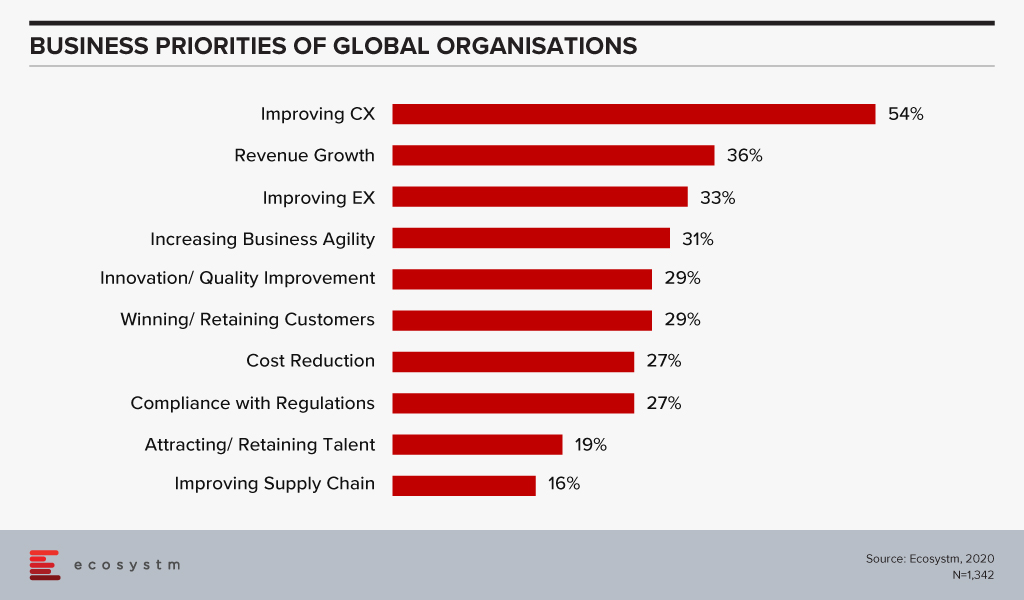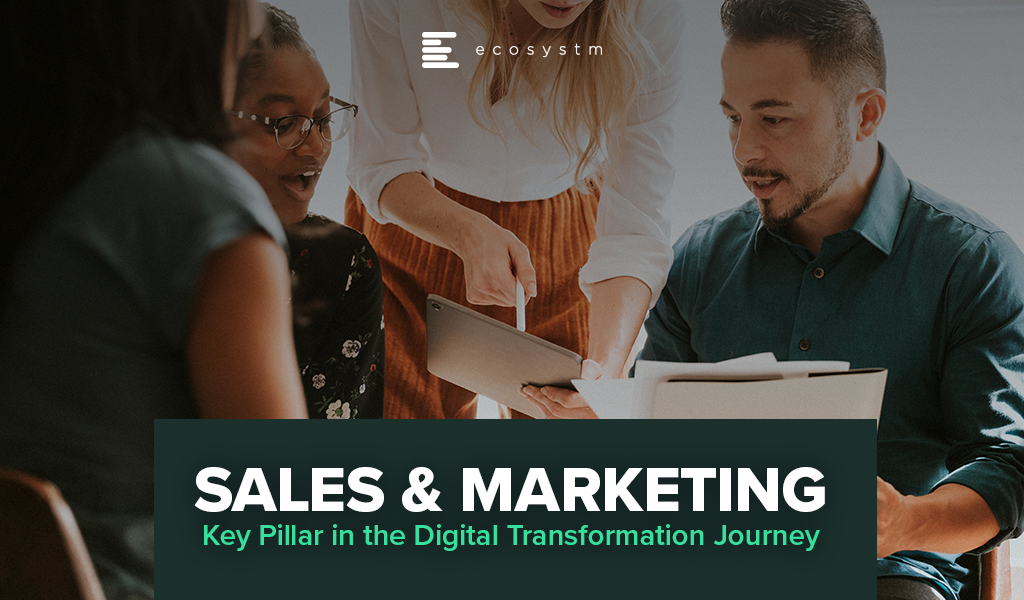It is true that the Retail industry is being forced to evolve the experiences they deliver to their customers. However, if Retail organisations are only focused on creating digital experiences, they are not creating the differentiation that will be required to leap ahead of the competition. It is time for Retail organisations to leverage data to empower multiple roles across the organisation to prepare for the different ways customers want to engage with their brands.
Another trend that is creating a shift in the industry is the rise of small and medium-sized retailers. Traditionally, larger retailers have made larger investments in technology – they simply had deeper pockets for the on-premise investments. However, with the rise of SaaS, size may no longer be such an advantage in Retail.
Here is how organisations such as Walmart, Adobe, GoDaddy and Google are empowering the SME retailer.

Organisations across all industries must leverage technology to transform and be part of the digital economy. This has significantly accelerated in the last couple of months as they are forced to transform to survive in these difficult times. Digital Transformation (DX) is no longer a hype, but organisations will continue to struggle to align their transformation priorities to deliver real business impact. From experience, the needs of the Sales & Marketing teams are often lost in the midst of competing for organisational priorities with process optimisation emerging as the first choice.
Why is it necessary for Sales & Marketing to transform?
Organisations’ Business Priorities
The primary reason is that organisations are responding to market pressure and putting customer experience (CX) ahead of even revenue growth as their key business priority (Figure 1).
It stands to reason that if organisations have the improvement of CX and revenue growth as their top priorities, they should involve functions that have higher customer interactions in their DX initiatives. Unfortunately, this is not often the case, even though organisations are inherently aware that their customer base is evolving. Sales & Marketing is all about meeting customer needs, solving their problems and giving them a great experience. In today’s competitive world, an organisation will fail without a customer focus.
The Evolving Consumer
Customers are challenging organisations to change the way they deliver a great experience. Take the growth of smartphone use as an example. Almost any activity will have some element of the smartphone being involved – researching a product, using an app, looking at information posted on a social media platform, engaging with friends to get opinions. This is driving organisations to respond with a ‘Mobile First’ policy and a digital nimbleness which they must equip their Sales & Marketing teams to handle.
Social and digital platforms are also forcing marketers to evolve the way they grab their customers’ attention. Customer service has tremendously benefited from the drive to go digital. It can impact every Sales & Marketing operation, beginning from first consumer touchpoint, all the way through the customer journey, post-purchase engagement and even in predicting issues to prevent them. This requires a huge degree of automation in the Sales & Marketing processes.
Emerging Ecosystems
As the digital world becomes a reality for consumers, the traditional supplier-vendor-channel model might soon become redundant. This is the age of ‘influencers’ – bloggers, customers, vendors, and paid endorsements – and an ever-evolving ecosystem. Engagement with the digital community can be a game-changer for many organisations. Such strong digital community ecosystems are hard to include in the traditional marketing model.
What should Sales & Marketing do to transform successfully?
Ecosystm Principal Advisor, Niloy Mukherjee, has some real-world advice for organisations that are looking to transform their Sales & Marketing practices.
Align with your Basic Strategy
Evaluate your key business goals and work out the changes that are required to achieve those. These changes might be so small and incremental that it may not even appear to be a ‘transformation’. Keeping an eye on the goals, will ensure that you do not invest in areas that do not necessarily need changing. It will also ensure that you simply do not replace an existing process with a new one, without first working out how that change will impact your organisation.
Think beyond features – to the Benefits
Technology investments often end up being the shiny new toy. Decision-makers in organisations may get attracted to snazzy devices and application features – and lose sight of evaluating the true benefits of the technology. For instance, the sales rep selling in-store would have a very good idea of what sells and how much stock to carry. There may be no incremental benefit in equipping the rep with an app that provides real-time sales analytics and inventory data. So, the app gets relegated to being just a feature with no real benefits. On the other hand, a field sales rep might find it extremely useful, especially in sectors that are prone to unpredictable spikes in demand.
Be ready to Invest in the change
You have evaluated the changes that your organisation needs, you have identified the technologies that can truly benefit your organisation – you must be ready to invest in that change. This is not only about financial investments – you have to invest time and in people. This requires your organisation to think of the RoI, again not only in terms of finances but also in terms of effort. Be aware that your biggest challenge in implementing the required change might be people – so invest in making them less resistant and more welcoming of the change.
There will be distractions galore in your transformation journey – emerging tech areas, solutions that seem to be working for your competitors and so on. Mukherjee proposes a simple thumb rule, “If it fits the strategy and looks feasible go with it; if it is outside the agreed strategy then think long and hard, and then turn it down – or change the strategy!”
Click here to download the full report ?














